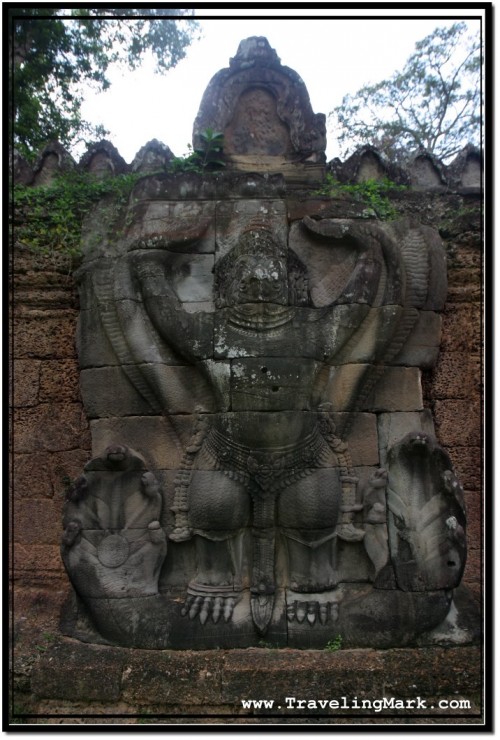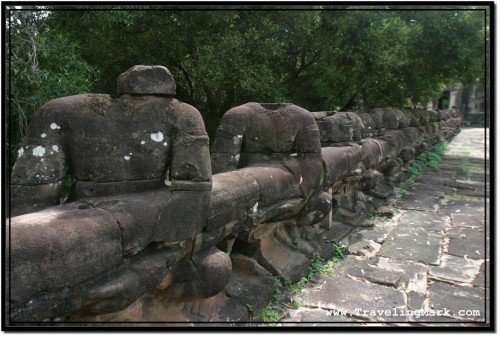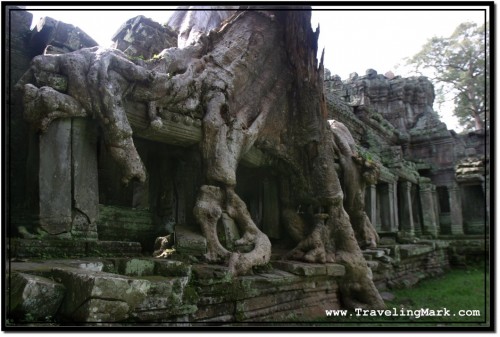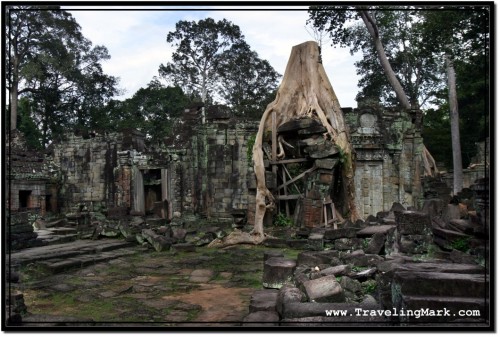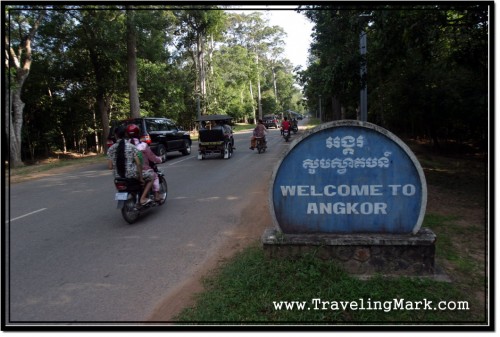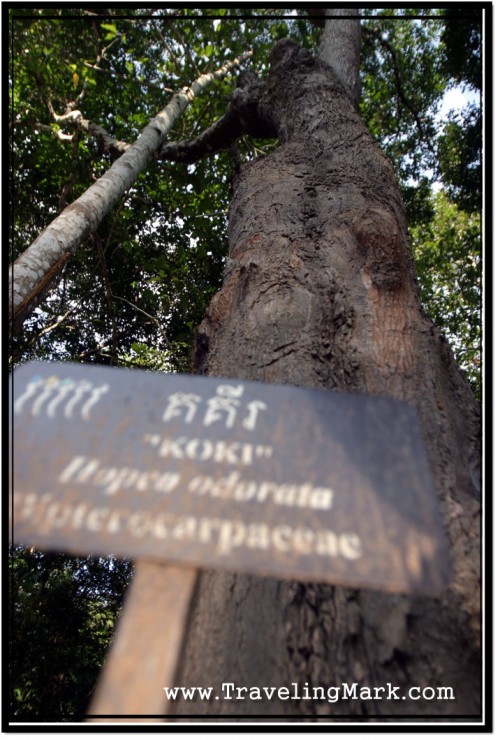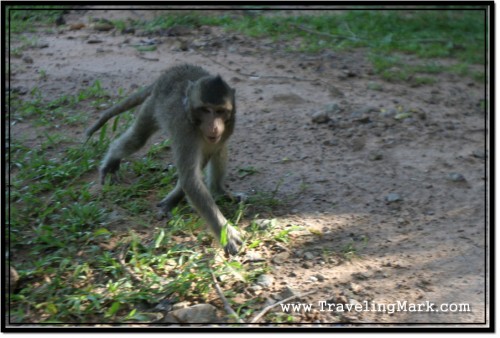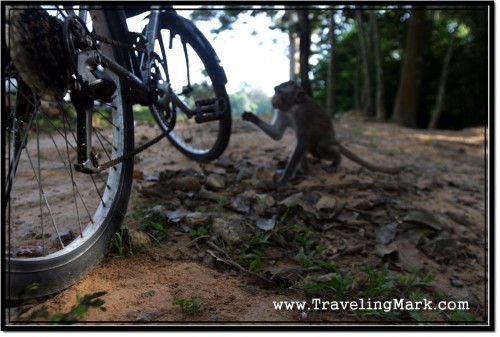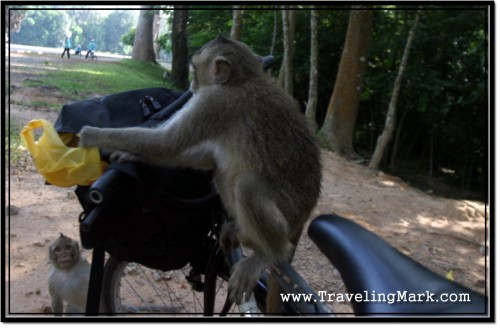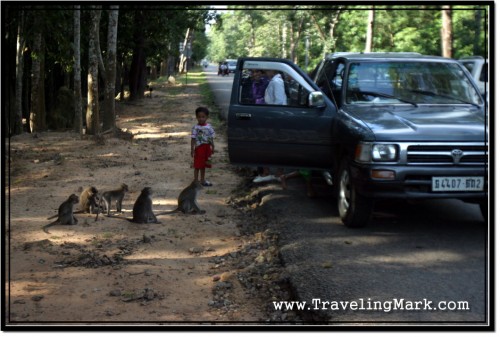Only a day after posting the Curse of Pleasing Others post, I stumbleed across this video which proves the point I was making to the dot. Titled Tree: Documentary, the video attempts to introduce a person by the name of Neil who, as the video claims, seeks personal enlightenment and to achieve it, he wants to embark on a 49 day long fast during which he would not eat, only drink coconut and water. The video simply could not have shown up in a more opportune moment but without further ado, let me explain exactly why I find it to be a fraud and why it proves that the curse of pleasing others is embedded within the population more deeply than anyone would care to admit.
Tree: The Fraud Documentary
The following is how I perceive the video based on how it is presented. This is my opinion, yours could be different:
The Tree: Documentary video start with an introduction of a character named Mark Matthews who wastes no time and starts right off with big time phrases that would put even the most senior marketing expert’s sales pitches to shame. The video doesn’t even get past the 20 seconds mark when the fact I brought up in the Curse of Pleasing Others post – that everything people do, they do it because other’s are watching – becomes clear beyond all doubt. In his well tailored sales pitch, Mark Matthews goes as far as to say that the Tree: Documentary project is not some David Blaine super stunt, but a documentary about a man trying to find himself. Nothing could be further from the truth. The perception of fraud gets clearer as the video continues.
Mark Matthews talks about his friend Neil who, as he says was experiencing personal crisis and went through some major stages of depression. Neil allegedly did not know what he was good for and what his purpose on this planet was. So to find the answers, Neil decided to meditate and pray underneath a tree for 49 days. Up to this point, the introduction to Neil seems pretty valid and matches what many people go through at some point in their lives. So far so good.
It all starts getting really strange soon after this quick introduction of Neil, when Mark Matthews mentions that while undergoing his 49 day long fast, Neil would be accompanied by a team of doctors and scientists who would monitor his health, and would also be accompanied by spiritual mentors and teachers who would introduce him to the world of personal enlightenment and gained consciousness.
Amazing, beyond professional sales pitches Mark Matthews is capable of pulling off continue with what seems to be an utter ridiculousness when he brings up great spiritual leaders of the past, such as Jesus Christ, Buddha, Prophet Muhammad and Moses. He subconsciously compares the quest of his friend Neil to what these huge figures underwent during their time. Mr. Matthews does it in such graceful matter, that average viewer of the video would not even realize at that point that none of the four, unlike Neil, had any doctors or scientists surround them and be there for them every second of their quest.
Needless to say, in true spirit of what just about every person follows these days, it didn’t take long before Mark Matthews made it clear that this “spiritual journey” is done to show off. That there would be a whole filming crew documenting everything that is going on with the quest to ensure that the exposure from everyone’s involvement is massive. The real, albeit hidden message appears to be: “Screw spiritual enlightenment, we want viewers, followers, commenters and subsequently invitations to festivals, theatrical releases, award ceremonies and what not, but nothing before worked for us, so we’re using this spiritual enlightenment fraud scenario cause it has a better chance to fool people”.
Second half of the video is about the main purpose of the Tree: The Fraud Documentary – money. Mark Matthews lists all of the personnel and equipment that will be involved in the production of the documentary, because it’s the documentary that this is all about. Again, screw “spiritual enlightenment”. It’s only a tool used to get attention.
The seal of approval is put in place when Mark Matthews makes it clear that if they don’t receive $40,000 in donations by August 15, 2011 – in his own words: “all bets are off”. In my mind, this translates into: “Neil is seeking “spiritual enlightenment” to find his place and purpose in life, but only if people give him and his crew $40,000. If people don’t give them the money, then he’s not interested in “spiritual enlightenment” and will not go ahead with his 49 days long fast”. Based on all this – isn’t my perception of Tree: Documentary as FRAUD perfectly justified?
With all of his cry baby talk and effective mind twisting lines, Mark Matthews does an amazing job distracting from what seems to me as the fraud part of the documentary. Throughout the video, he keeps people distracted from realizing that Neil doesn’t seem to give two rabbit crap balls about spiritual enlightenment. Mark Matthews is clearly an amazing marketer, though. He seems to be able to lie into anyone’s face without breaking the cover with wrong expressions. If I wanted a marketer, especially if honest marketing failed and I need to take on “new approach”, he’d be the man I’d seek. He would also be the last person I would want to get into verbal fight with as he would likely destroy me before I could open my mouth. But as someone who can see the forest for the trees, I hate to break it down and uncover what appears to be the true purpose behind this documentary.
Conclusion
If you make your personal quest to find yourself a super-stunt with press releases and cameras following your every step, then you are not really looking to discover yourself. You are looking for attention. I’m sorry Neil, but Buddha didn’t go on his quest with intentions to boost his popularity ranking. He went to truly discover himself and find his real purpose. In order to achieve that, he didn’t plot to take a team of promoters along to make him more popular than he was before the quest. Quest for self discovery is not the same as quest for public image boost. It takes true strength to go on a true quest. If what your video presents is a true reflection of what this project is all about, then you are still very, very far from finding what you are good for. The path to yourself is not the same as the path to please others.
